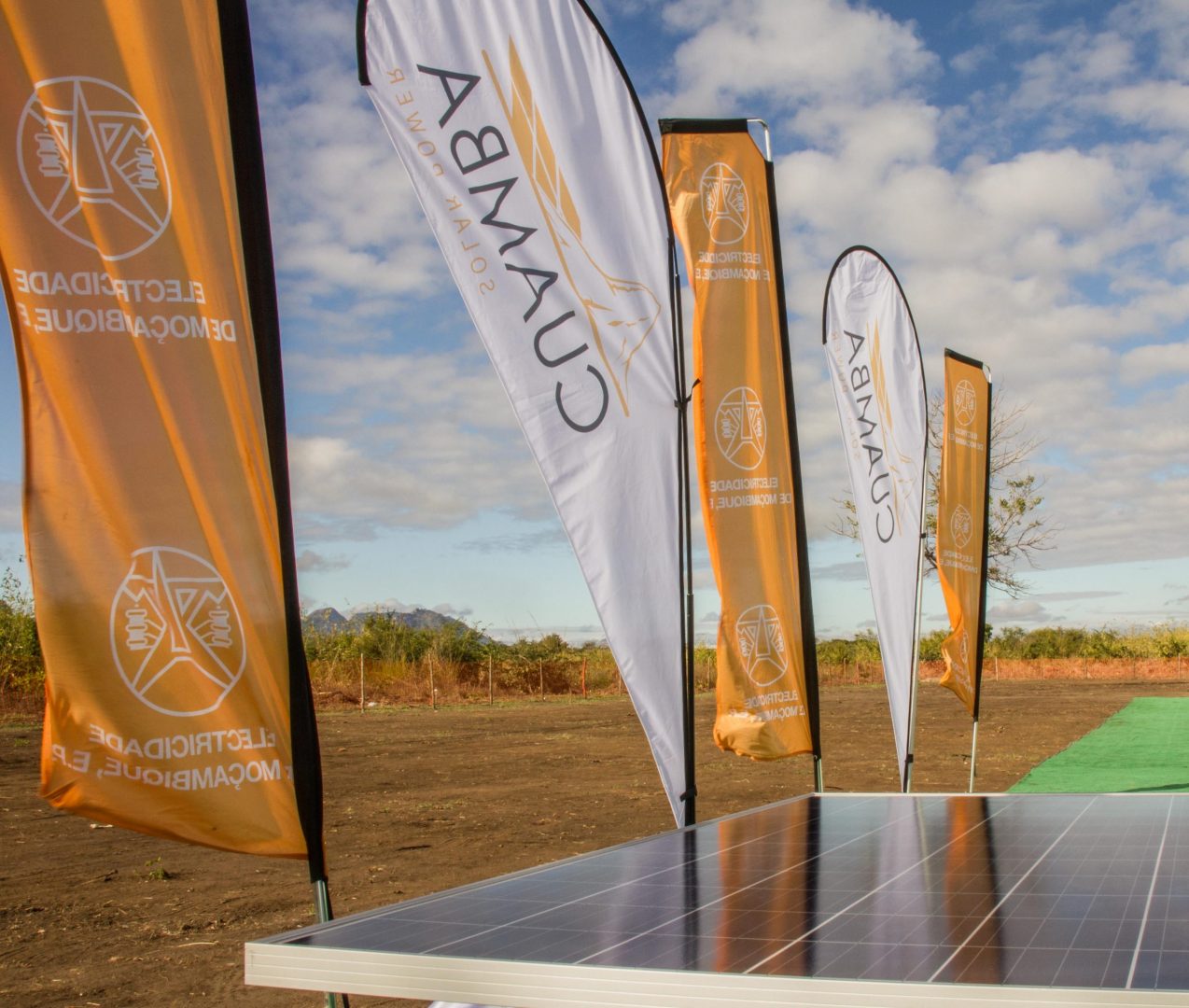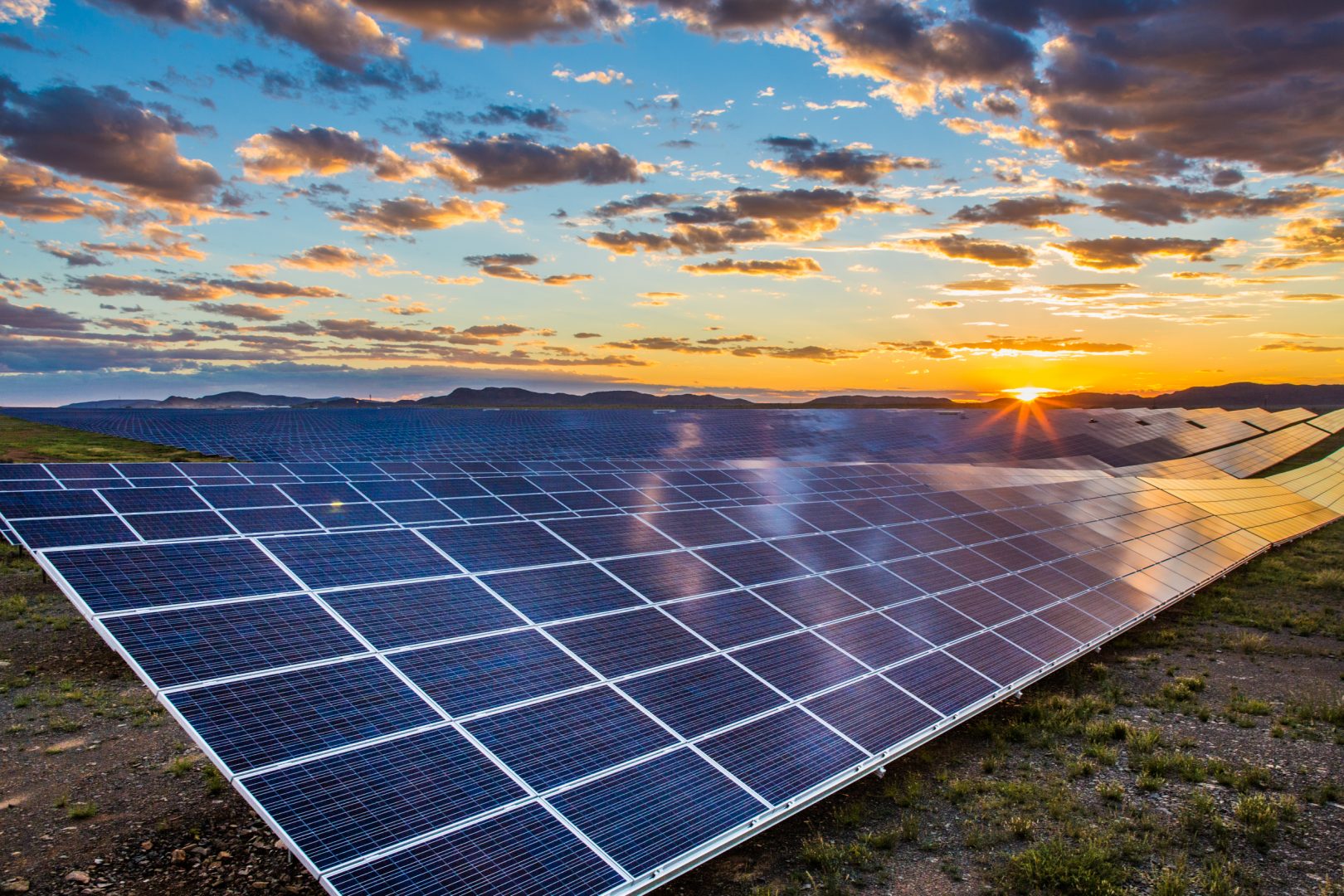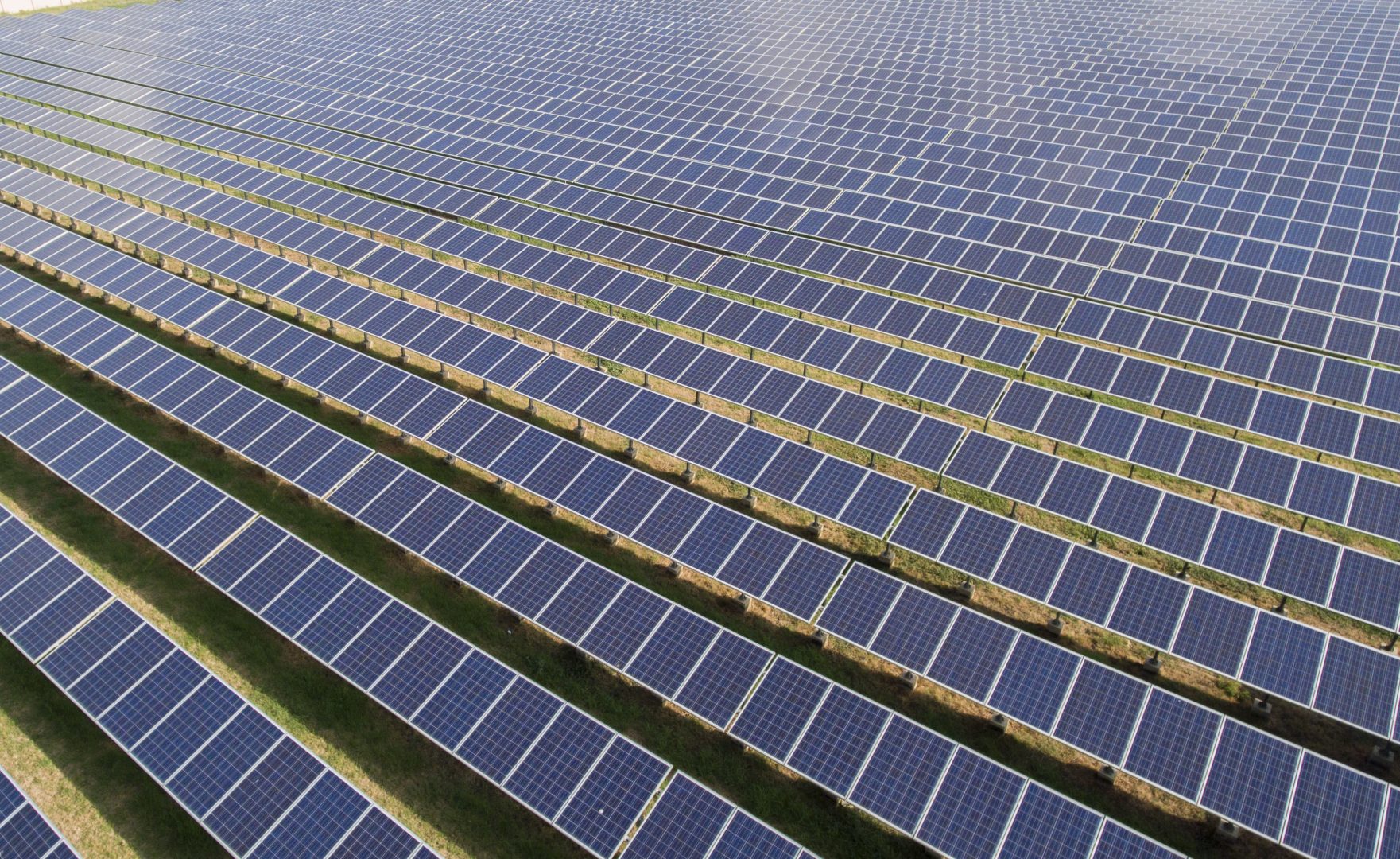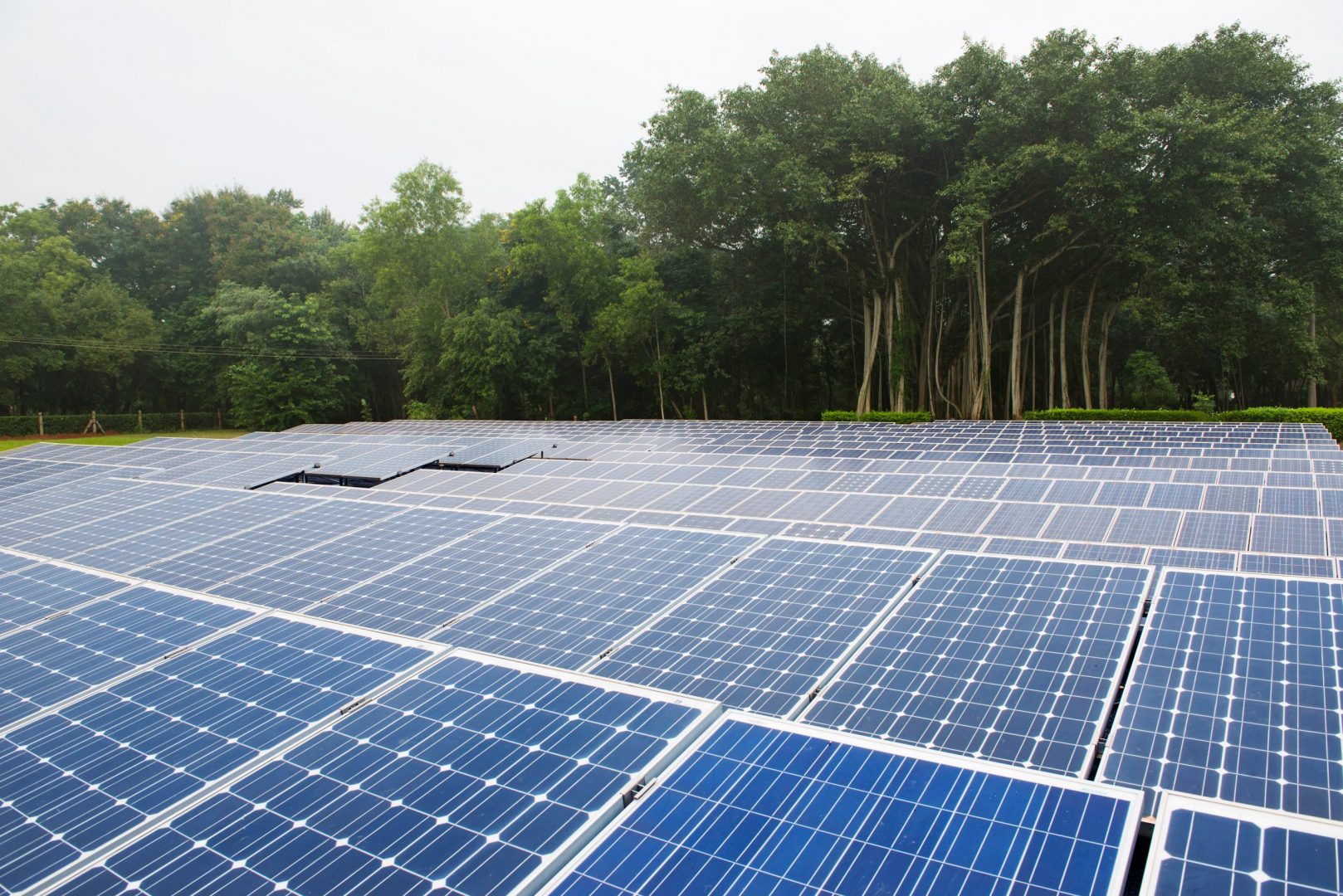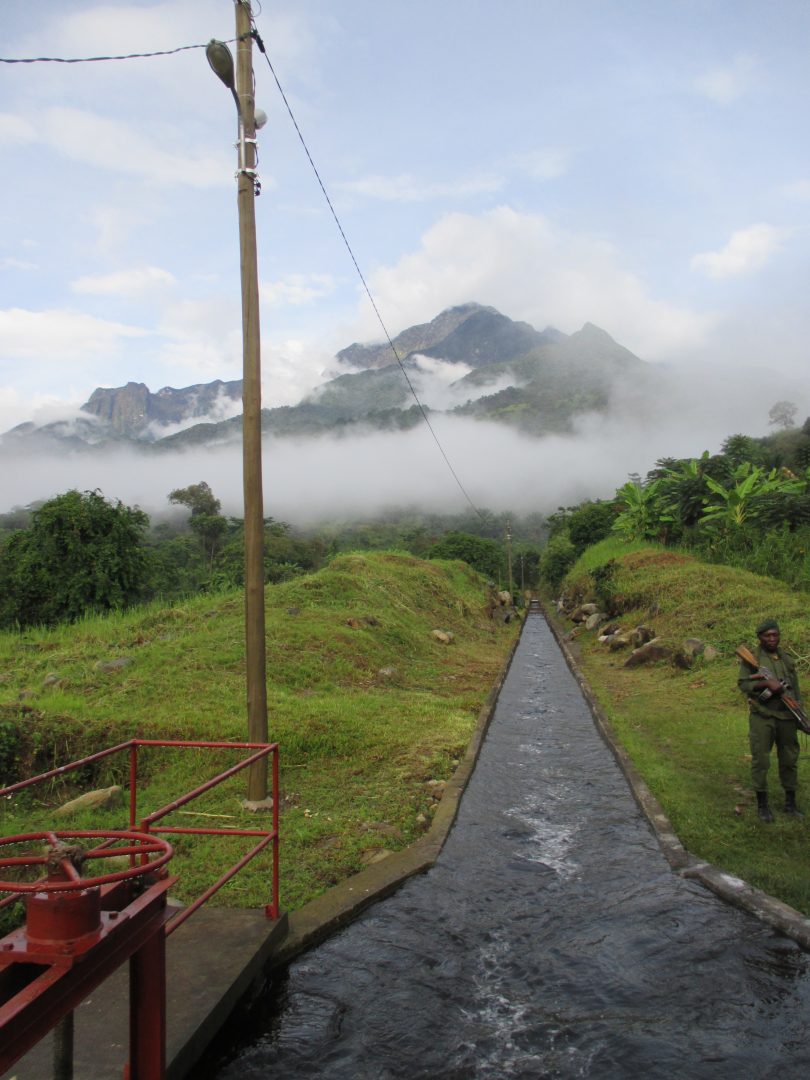In 2017 we invested in Zephyr Power, a renewable energy company developing a 50 MW wind-power plant in the Sindh province of Pakistan. The wind farm, which became operational in 2019, is built on wetland in a tidal and coastal location. As a result of climate change, sea levels are rising around the globe, which means that the site may become exposed to increased flooding over time. Even though Zephyr has been designed considering this long-term risk, we are working with Zephyr Power to strengthen the business’ resilience to climate change using nature-based solutions.
When we invested in the business, we recognised that the site’s wetland had become degraded due to human intervention such as cutting mangroves for firewood, fishing, crabbing and camel grazing. We worked with Zephyr Power to implement a mangrove protection and rehabilitation programme which will not only improve the site’s ecological value but also provide protection from the effects of climate change and bring broader benefits to the local community.
Zephyr Power worked with the local government to raise awareness amongst local communities of the value of mangrove protection. “It’s been an interesting alignment of our local communities,” says Kumayl Khaleeli, CEO of Zephyr Power. “We’ve worked in tandem with the forestry department, and with the help of CDC, to help the local communities realise the long-term economic benefits to adopting environmental awareness.”
In partnership with the forestry department, Zephyr Power have had mangroves strategically planted around the site, which have successfully seeded to create a site rich in mangroves. Today, Kumayl says that you can see that the site is flourishing. “Our partners see that these are decisions we take and strategies we make every day. That means the plan has been moulded as the project has grown and as we see the site settle over time.”
The mangrove programme not only brings ecological benefits to the site by helping to restore biodiversity, but it also makes good business sense. As the land is located in a tidal delta, the water levels rise and fall across the site over the course of a day. Civil infrastructure such as roads and wind turbine platforms are worn away over time as the tide sweeps away material, requiring frequent maintenance. The new mangroves physically protect the infrastructure by strengthening the soil conditions and acting as buffers against the water flow. In turn, this reduces damage to the infrastructure, which brings down maintenance costs for the business.
The programme is also bringing benefits to local livelihoods. Mangroves serve as a breeding ground for wildlife. As a result of the conservation effort which has been supported by the local communities, fishermen in the area are beginning to benefit from increasing fish, shrimp and crab populations. Following the success of the programme, Zephyr Power also plan to begin cultivating their own mangrove seedlings by setting up a nursery, which could provide additional livelihoods in the area.
Today, the mangrove programme already provides multiple benefits for Zephyr and the local community. Moving forward, as the impact of climate change sets in and sea levels rise, the mangroves will become even more important as a barrier to protect the business. We know that nature-based solutions such as these have a critical role to play in helping build resilience to climate change. Later this year we’re planning a research project to make the business case for strengthening adaptation and resilience, to showcase to others operating in the private sector the benefit of using such nature-based approaches.



